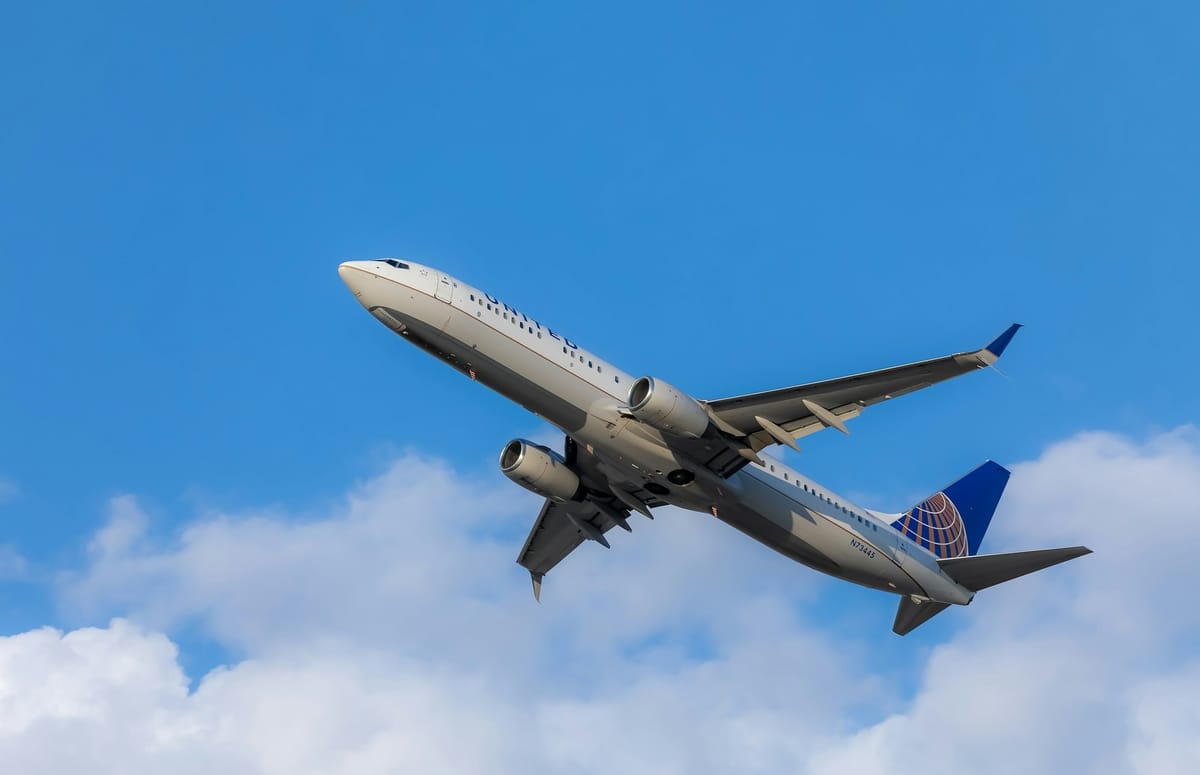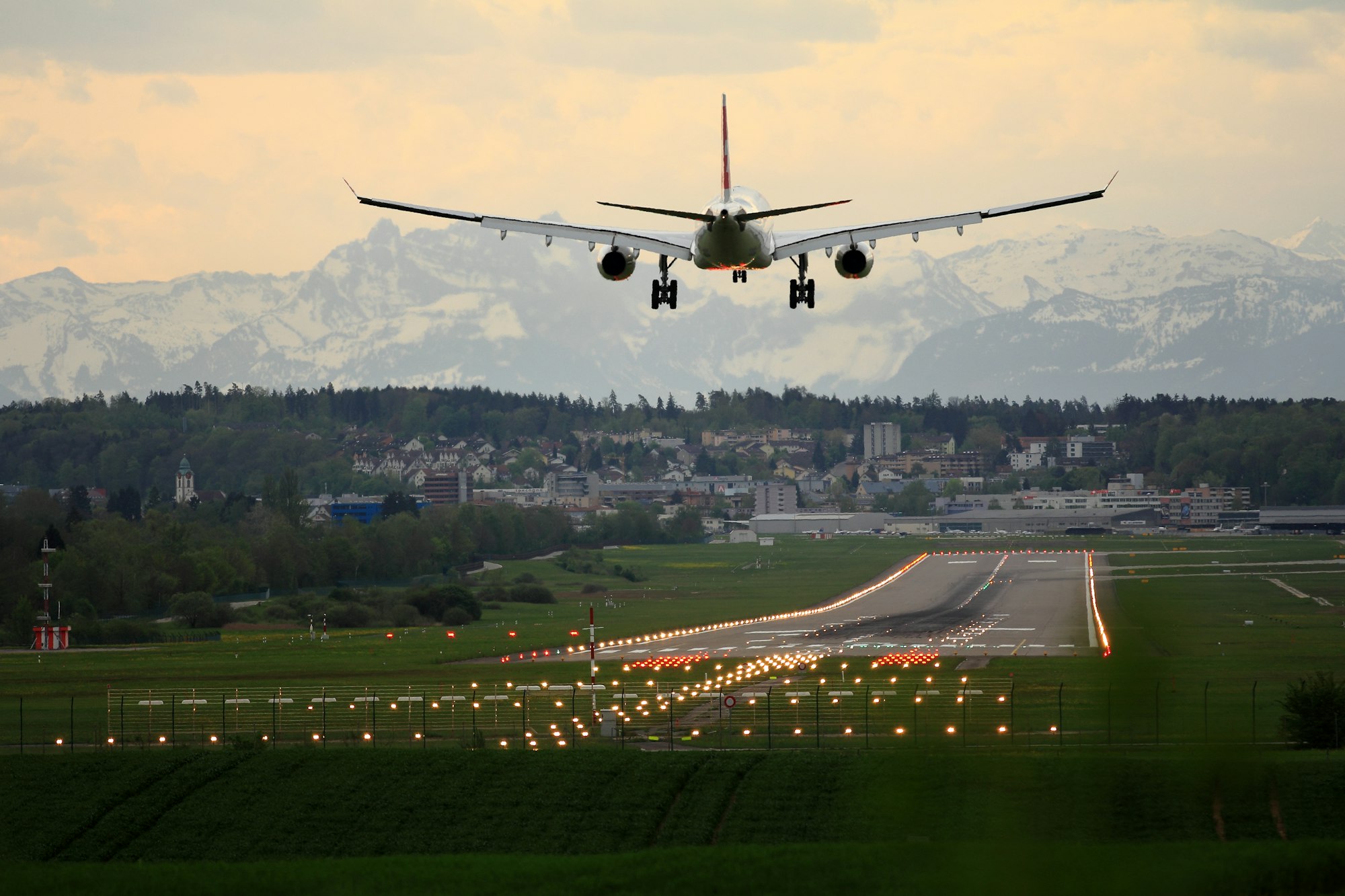CRISIS IN THE SKIES: Newark's Air Traffic Control Failures Expose Deeper Vulnerabilities

Newark's Radar Blackouts: A Disturbing Pattern Emerges
Newark Liberty International Airport faced its second radar outage in as many weeks on Friday morning, May 9, adding to growing concerns about the vulnerability of America's air traffic control systems. The latest outage, which lasted approximately 90 seconds, mirrored a similar failure on April 28 that triggered widespread flight delays, cancellations, and a ripple effect of air travel chaos that persisted for nearly two weeks.

During Friday's outage, air traffic controllers at the Philadelphia Terminal Radar Approach Control (TRACON) facility lost both radar visibility and communications with aircraft in the Newark airspace. One controller was heard telling a FedEx pilot that had just taken off, "Our scopes just went black again," according to audio recordings from LiveATC.net. The frustrated controller added, "If you care about this, contact your airline and try to get some pressure for them to fix this stuff."
While the first outage on April 28 caused substantial disruption—with about 15-20 flights being directed by controllers when communications went down—the impact of Friday's failure was lessened by its timing in the early morning hours, at approximately 3:55 a.m., when far fewer aircraft were in operation.
The Federal Aviation Administration (FAA) described the incident as a "telecommunications outage that impacted communications and radar display," affecting the Philadelphia facility that manages Newark's airspace. The agency had already been struggling with staffing shortages, as multiple controllers took trauma leave following the April 28 incident, citing the stress of temporarily losing contact with aircraft under their guidance.

Infrastructure Failures and "Flying Blind"
Industry experts and government officials have pointed to severe underlying problems with the technology that powers America's air traffic control systems. Transportation Secretary Sean Duffy described the Newark system as "incredibly old," noting that "We use floppy disks. We use copper wires. The system that we're using is not effective to control the traffic that we have in the airspace today."
The April 28 outage was particularly concerning as controllers lost primary communication, and the backup systems did not immediately activate as designed. One source familiar with the situation compared it to "driving with a blindfold on." The connectivity between FAA radar and the frequencies that air traffic controllers use was described as having "completely failed."
The recent transfer of Newark's airspace management from New York to Philadelphia last July has come under scrutiny. The radar data must now travel through a remote line that one source described as "a long extension cord," creating a potential point of failure. An internal FAA safety review obtained by CNN had previously estimated the odds of a dangerous communications breakdown at 1 in 11 million—a calculation that now appears dramatically optimistic given recent events.

Controller Shortage Crisis
The National Air Traffic Controllers Association has warned that the current shortage of controllers is the worst in nearly 30 years, with the problem particularly acute in the busy New York-Philadelphia corridor. Following the April 28 incident, several controllers took 45-day trauma leaves, further straining an already understaffed system.
Colin Scoggins, a former air traffic controller and retired military specialist at the FAA, told CNN that losing both radar and communications can be deeply traumatic for controllers. "If you cannot talk to a pilot, then you're really in trouble. I would find it very traumatic."
The staffing crisis has highlighted longstanding recruitment challenges. New controller applicants must be younger than 31 to allow for the mandatory 20-25 years of service before their required retirement at age 56. This narrow hiring window, combined with specialized training requirements, has made it difficult to maintain adequate staffing levels.

Connections to Wider Technological Vulnerabilities
Newark's air traffic control failures come amid growing concerns about technological vulnerabilities across critical infrastructure. While there is no evidence connecting these specific outages to other major technical disruptions, they highlight how fragile our interconnected systems have become.

The CrowdStrike Incident: A Cautionary Tale
Just ten months ago, in July 2024, the aviation industry was paralyzed by what has been called "the largest IT outage in history" when cybersecurity company CrowdStrike distributed a faulty update to its Falcon Sensor security software, affecting Microsoft Windows systems worldwide. The outage affected an estimated 8.5 million devices globally and caused massive disruptions to airlines, airports, healthcare facilities, financial institutions, and government services.
Major carriers including American Airlines, Delta Air Lines, and United Airlines were forced to ground flights, with thousands of cancellations that continued for days. Delta CEO Ed Bastian reported that the disruption cost the airline approximately $550 million in lost revenue and expenses, affecting around 1.3 million passengers.
This catastrophic incident demonstrated how a single point of failure in widely used software can cascade across multiple industries and services, revealing serious vulnerabilities in our digital infrastructure. It also highlighted the particular vulnerability of the aviation sector, where complex, interconnected systems leave little room for error.

Rising Cyber Threats in 2025
The first quarter of 2025 has already seen a significant uptick in cyber attacks targeting critical infrastructure globally. According to the World Economic Forum's Global Cybersecurity Outlook 2025, ransomware, social engineering, and AI-powered cybercrime remain top concerns for security experts.
Notable attacks this year have included:
- Pro-Russian hacker group Noname057(16) targeting approximately 20 Italian websites, including banks and airports, in February
- Algeria-linked hackers breaching Morocco's National Social Security Fund in April, exposing data from nearly two million people
- A marked increase in Chinese cyber espionage operations, which reportedly surged by 150% over the past year
The rising complexity of cyber threats, combined with the increasing interconnectedness of critical systems, creates a perfect storm of vulnerability that extends well beyond the aviation sector.
The Quantum Computing Threat: Q-Day Approaches
Security experts are also sounding alarms about an approaching watershed moment known as "Q-Day"—the point at which quantum computers will have enough processing power to break the encryption systems that currently secure most of the world's digital communications and infrastructure.
While estimates vary widely about when Q-Day will arrive (with most experts suggesting a timeframe between 5 and 30 years), the implications for critical infrastructure security are profound. Governments and organizations are already scrambling to implement post-quantum cryptography solutions to protect their systems from this impending challenge.
The concept of "harvest now, decrypt later" attacks—where malicious actors collect encrypted data today with the intention of decrypting it once quantum computing capabilities mature—poses a particular threat to sensitive systems like air traffic control networks.

UFO Sightings: Distraction or Legitimate Concern?
Recent months have also seen increased reports and official acknowledgments of unidentified aerial phenomena (UAPs), commonly known as UFOs. In January 2025, a flight crew returning to Fort Lauderdale recorded video of a glowing, spherical object moving at high altitude over the Bahamas, demonstrating unusual flight characteristics.
In March 2025, Jon Kosloski, director of the Pentagon's All-Domain Anomaly Resolution Office (AARO), stated in an interview with Scientific American that there have been "a few interesting sightings" of objects moving quickly without standard aircraft beacons. However, AARO has emphasized it is not jumping to conclusions about the nature of these phenomena.
Meanwhile, in January, Republican Congressman Tim Burchett claimed that an unnamed admiral had informed him of an underwater craft "moving at hundreds of miles an hour" that was "as large as a football field." The Pentagon, in its official communications, maintains that many UAP reports have been explained as conventional phenomena, though a subset of cases remains unexplained.
While these reports may seem tangential to the Newark radar outages, they highlight ongoing concerns about unauthorized or unexplained objects in American airspace and raise questions about our ability to detect and track potential airspace incursions.
Government Response and Future Plans
On Thursday, May 8, just hours before the second Newark outage, the Department of Transportation unveiled a comprehensive plan to modernize the nation's air traffic control system. Transportation Secretary Duffy announced plans to replace outdated telecommunications with "new fiber, wireless and satellite technologies," install modern hardware and software, replace 618 aging radars, and build six new air traffic control centers.
White House Press Secretary Karoline Leavitt confirmed on Friday that the Department of Transportation and FAA are working to install fiber-optic communication lines between Newark airport and the Philadelphia control center, a project expected to be completed by the end of summer.
New Jersey Congressman Josh Gottheimer expressed frustration about the ongoing issues, telling reporters, "Travelers have had it with the delays. I've heard from a lot of them. They're calling me, they're talking to me. This airport is a key hub for our economy in the region. Twenty percent of America's GDP runs through this region."
Gottheimer has called for immediate action, suggesting that air traffic controllers should be relocated from other parts of the country to the understaffed Philadelphia facility, with bonuses and overtime pay to incentivize the transfers.
Outlook and Concerns
As Newark Liberty International Airport continues to grapple with these challenges, several key questions remain:
- Can the FAA address the critical shortage of air traffic controllers quickly enough to prevent further disruptions?
- Will the planned modernization efforts be implemented in time to prevent more serious failures?
- How vulnerable are other major airport facilities to similar outages?
- Could these technical vulnerabilities be exploited by malicious actors in the future?
What is clear is that America's air traffic control system—a critical component of national infrastructure—is showing dangerous signs of strain. The combination of aging technology, staffing shortages, and increasing air traffic volumes has created a precarious situation that demands urgent attention.
As one air traffic controller involved in the April 28 incident told CNN, "This was the most dangerous situation you could have." Until these systemic issues are addressed, passengers, airlines, and controllers themselves remain caught in a system where the next blackout could be just moments away.
This article synthesizes information from multiple credible sources and reflects the situation as of May 10, 2025. Updates will be provided as new information becomes available.













